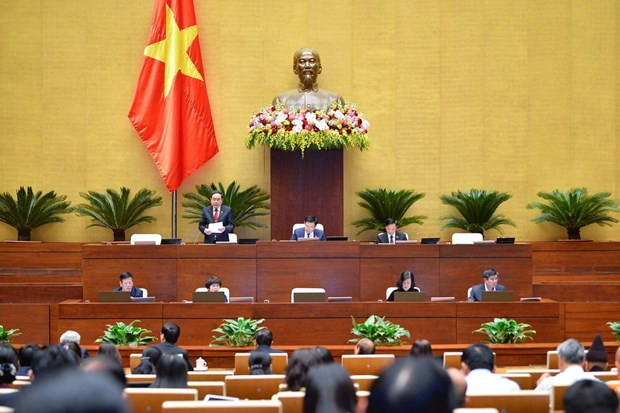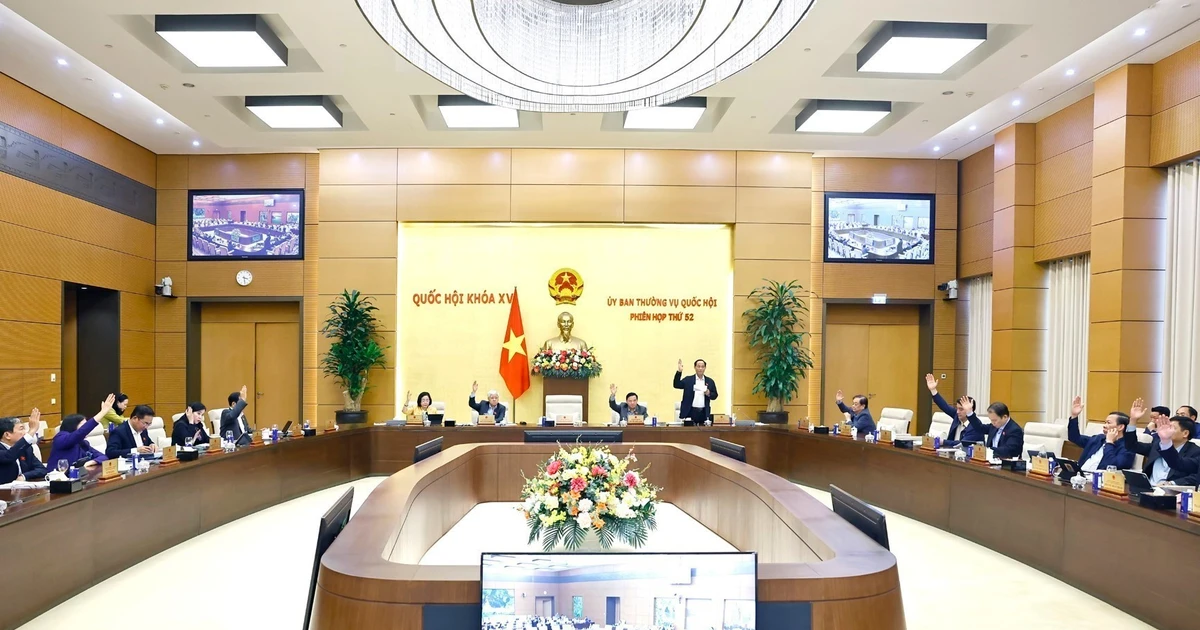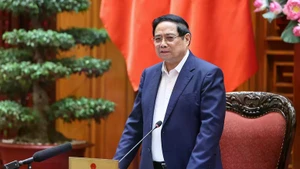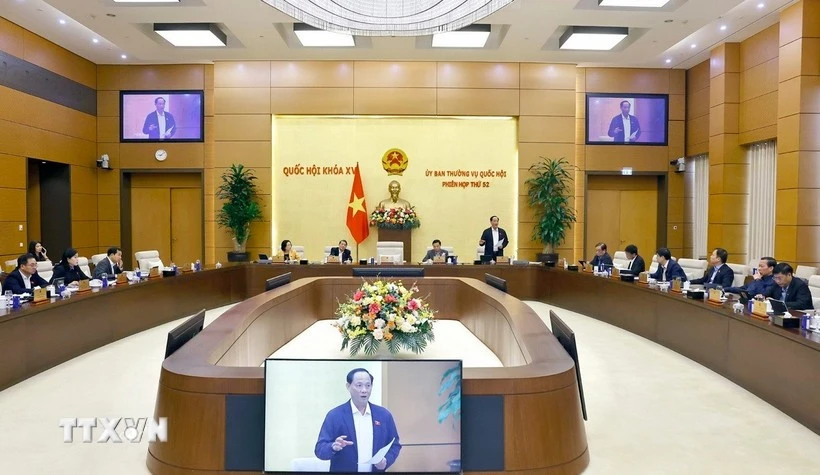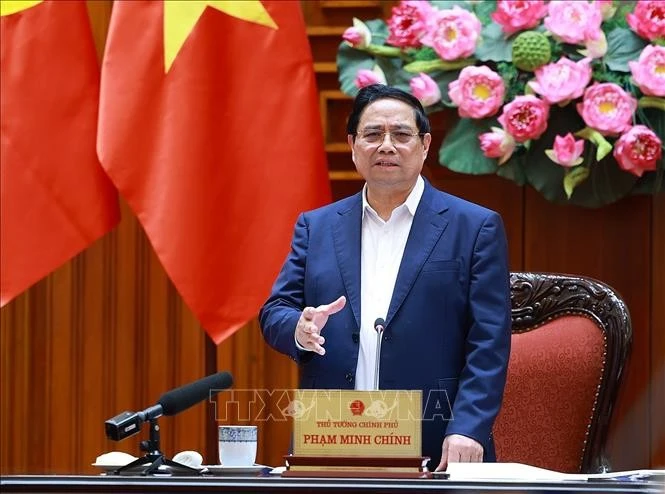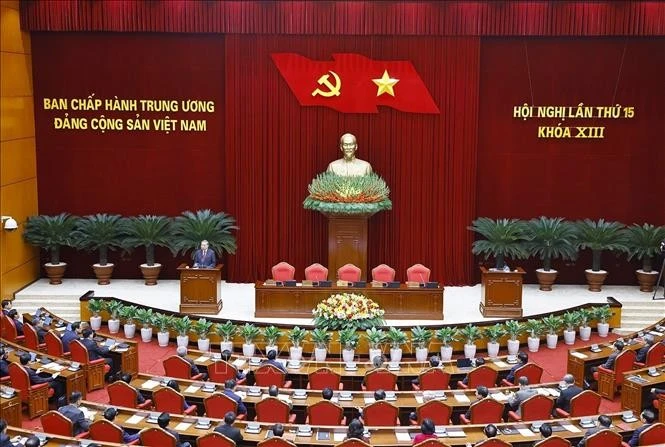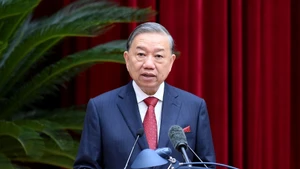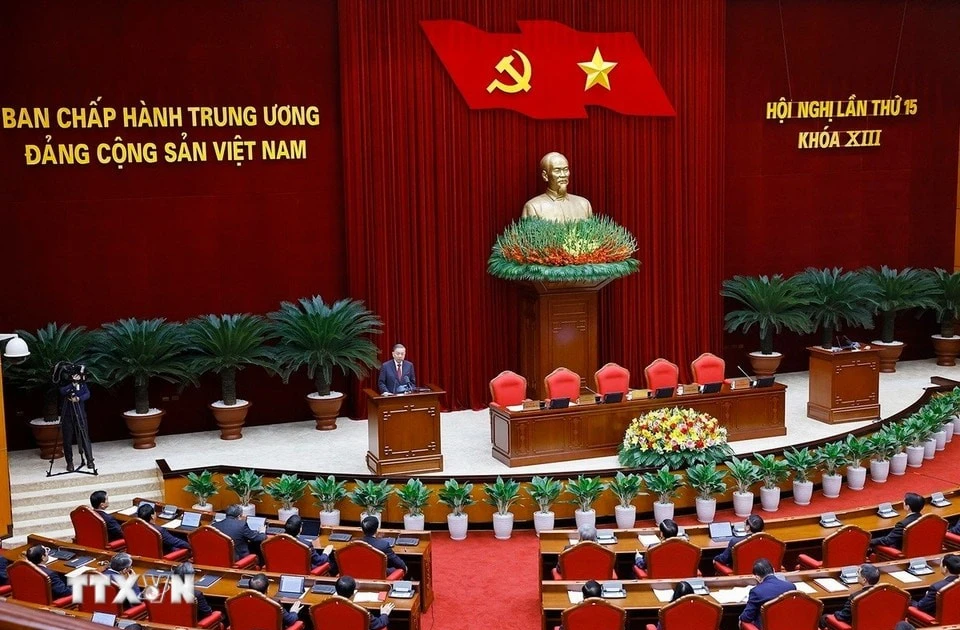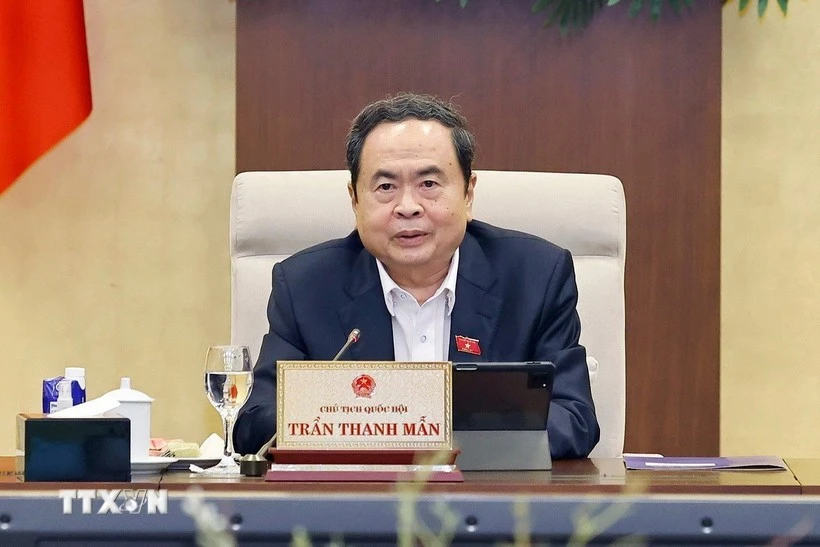The draft master plan targets that by 2050, Vietnam will have become a developed and high-income country with an equal, democratic, and civilised society. It will strive for annual GDP growth of 6.5-7.5% between 2031 and 2050, along with per capita GDP of 27,000-32,000 USD and an urbanisation rate of 70-75% by 2050.
Vietnam also aims to have established itself as a developing country with modern industry, upper middle income, and economic growth driven by science, technology, innovation, and digital transformation by 2030.
To obtain the targets, the national master plan identified groups of focal tasks, including basically forming a national infrastructure framework, stepping up economic restructuring in tandem with growth model reform, and developing national growth pillars.
Legislators shared the view that the national master plan is important and essential as it will serve as the basis for making and implementing plans of sectors, regions, and localities.
Trinh Xuan An, an NA deputy from the southern province of Dong Nai, said the draft master plan has solid political, legal and practical grounds, noting it should be feasible, effective, understandable, and easy to be assessed and monitored.
Echoing the view, deputy Tran Quang Minh from the central province of Quang Binh pointed out the importance of cooperating with other countries and forecasting the regional and international situations so as to guarantee the master plan’s sustainability.
Some other legislators recommended the drafting agency, the Ministry of Planning and Investment, revise some contents to ensure that the master plan is in line with the reality.
At the sitting, Minister of Planning and Investment Nguyen Chi Dung provided further information related to issues mentioned by NA deputies.
